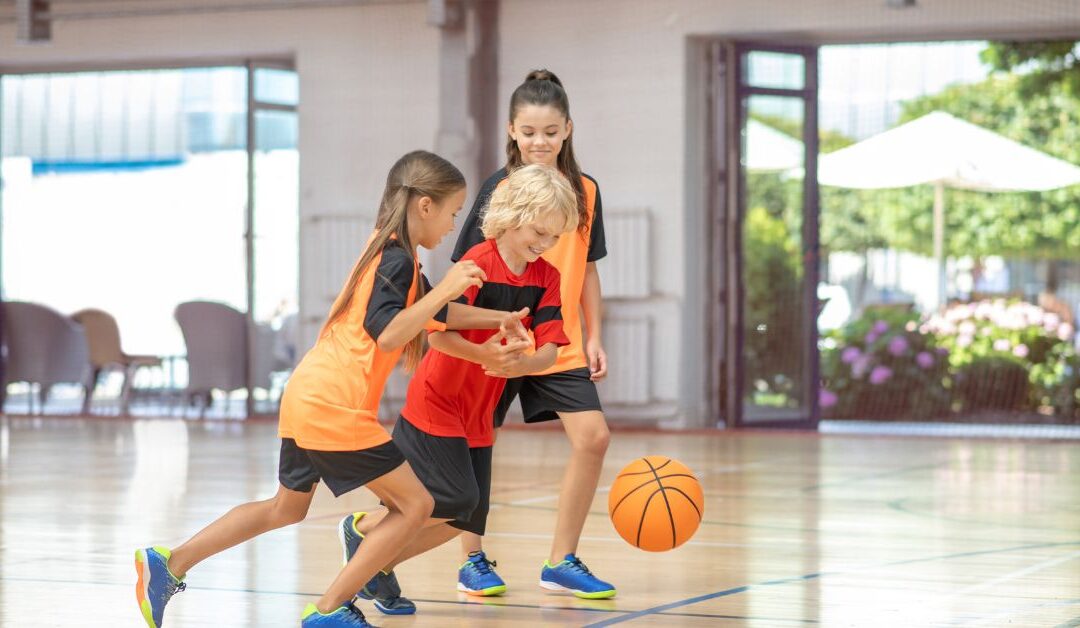Getting kids active is one thing, but keeping them engaged in sports is another challenge entirely. Many children start with excitement but lose interest because their gear is uncomfortable, ill-fitting, or not fun. The right kids’ sportswear and team equipment can make all the difference, keeping them motivated, confident, and excited to participate. In this guide, you’ll learn actionable steps to choose the right sportswear and gear for young athletes.
The Challenge of Kids’ Participation in Sports
Kids often drop out of sports due to discomfort, poor-quality gear, or lack of identity on a team. Sportswear that fits poorly can chafe, restrict movement, or feel unappealing. Equipment that is too heavy or large can be frustrating and limit skill development. Addressing these issues early ensures kids enjoy their activities and develop lifelong healthy habits.
Step 1: Prioritize Fit and Comfort
The first rule for kids’ sportswear is comfort.
- Flexible fabrics: Choose moisture-wicking, breathable materials that move with their bodies.
- Proper sizing: Avoid oversized or tight-fitting gear; kids need room to stretch and move safely.
- Footwear: Shoes should provide cushioning, arch support, and stability specific to their sport.
Comfortable sportswear allows kids to focus on skill-building rather than discomfort.
Step 2: Make Gear Fun and Personal
Kids engage more when they feel ownership over their gear.
- Let them pick colors or patterns they like.
- Personalize accessories like water bottles, headbands, or backpacks.
- Incorporate team identity with matching jerseys or branded items.
Fun, visually appealing gear encourages enthusiasm and pride in their sport.
Step 3: Match Equipment to Age and Skill Level
The right equipment fosters skill development and reduces frustration:
- Team sports equipment: Smaller-sized balls, lightweight bats, and junior rackets help young athletes play safely.
- Protective gear: Helmets, shin guards, and pads should be age-appropriate for maximum safety.
- Training accessories: Cones, small hurdles, and resistance bands can improve agility and coordination without being intimidating.
Properly sized equipment helps kids succeed and builds confidence.
Step 4: Create a Routine with Seasonal and Lifestyle Gear
Active kids need gear that supports all weather conditions and activities:
- Seasonal sportswear: Lightweight, breathable layers in spring/summer; insulated, moisture-wicking layers in fall/winter.
- Outdoor gear: Trail shoes, hats, and hydration packs for outdoor play.
- Lifestyle integration: Allow flexibility for school, sports clubs, or casual play, ensuring gear is versatile and durable.
Adapting gear to seasonal needs keeps kids active year-round.
Step 5: Maintain and Refresh Gear Regularly
Kids grow quickly, and gear wears out faster than adult equipment. Regular updates and maintenance prevent injuries and keep sports exciting:
- Wash and store sportswear after each session to maintain hygiene and longevity.
- Inspect equipment for wear or damage and replace when necessary.
- Rotate or upgrade gear each season to match growth and changing needs.
Keeping gear in top condition ensures kids remain safe, comfortable, and motivated.
Bonus Tip: Encourage Involvement in Decision-Making
Involving kids in selecting gear teaches responsibility and develops their awareness of the importance of sports equipment. They are more likely to use and care for gear when they have a say in the process.
The right kids’ sportswear and equipment can transform participation from a chore into an exciting part of a child’s day. By prioritizing comfort, personalization, age-appropriate equipment, seasonal gear, and maintenance, you create an environment where children can thrive, build confidence, and enjoy being active.
Support your young athlete’s journey — explore our other guides on team sports equipment and youth activewear, and join our newsletter for updates on the latest kids’ sports gear and tips to keep them engaged.

